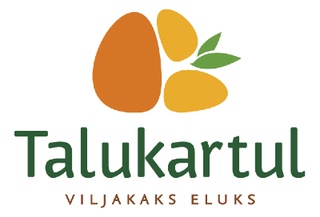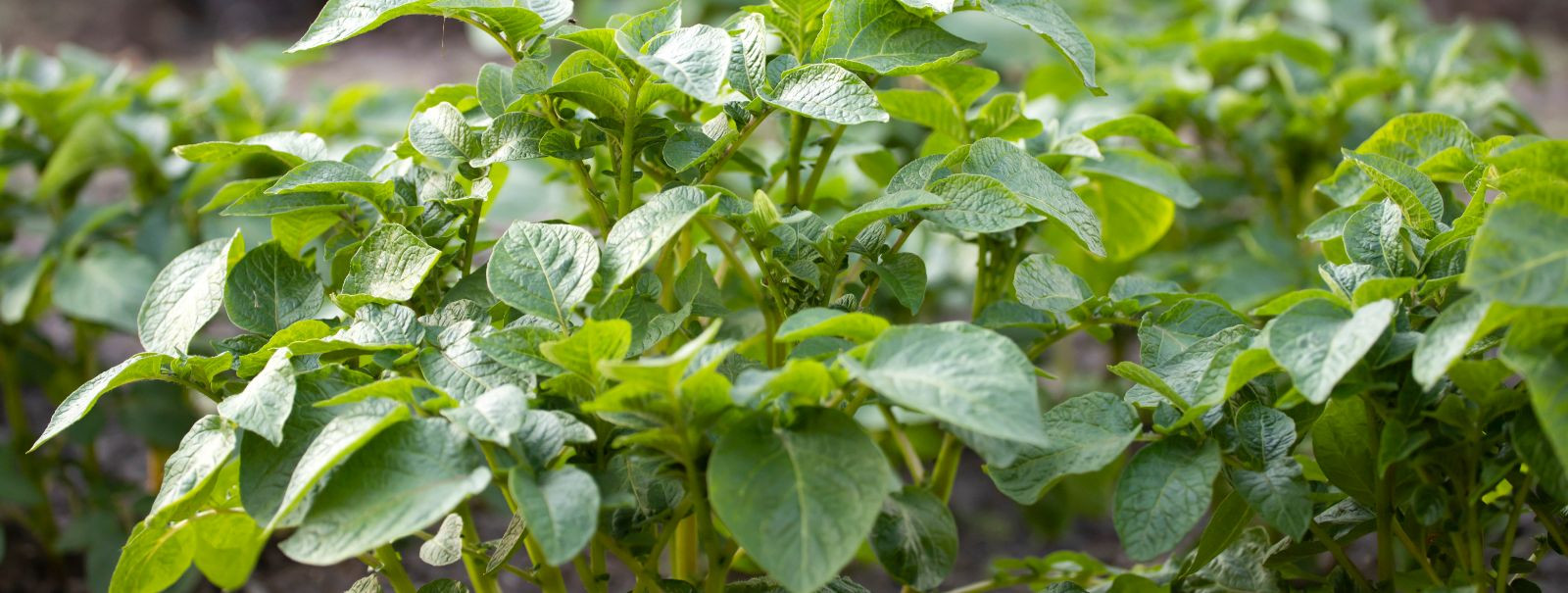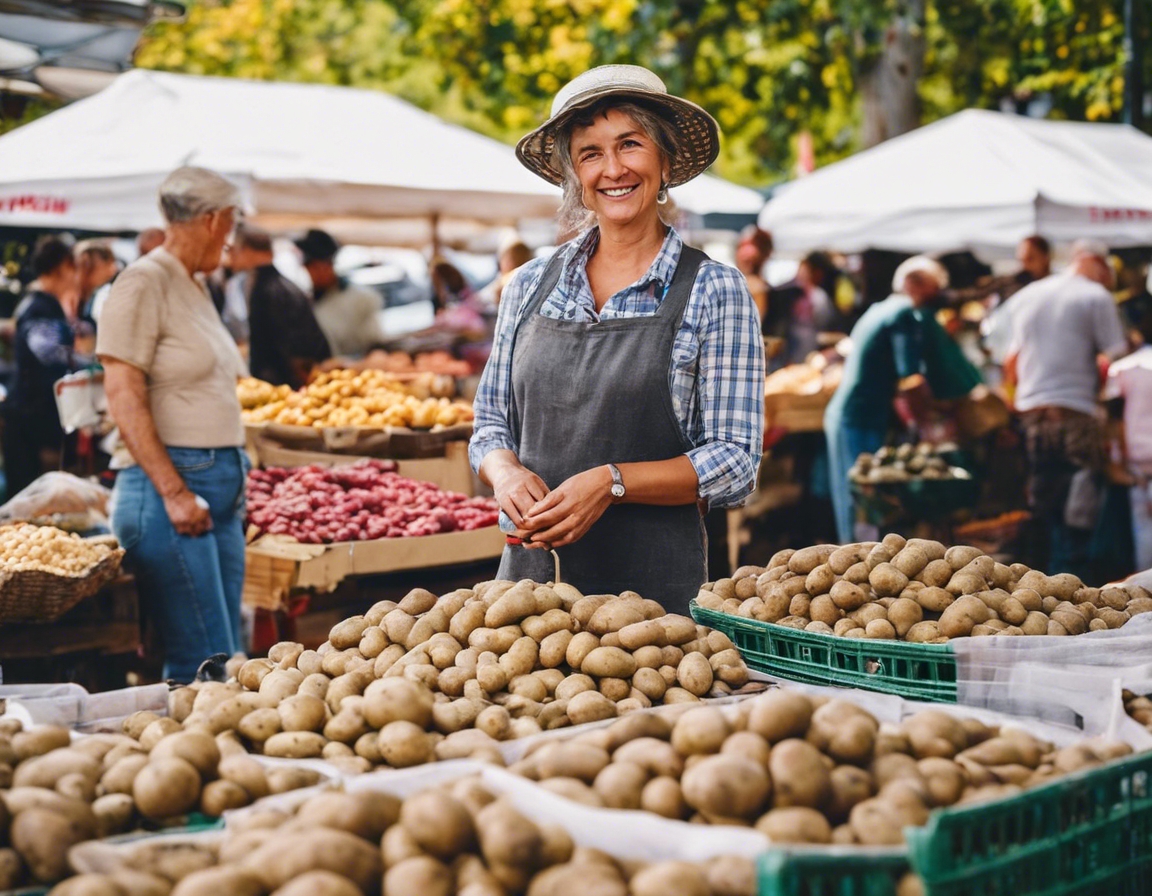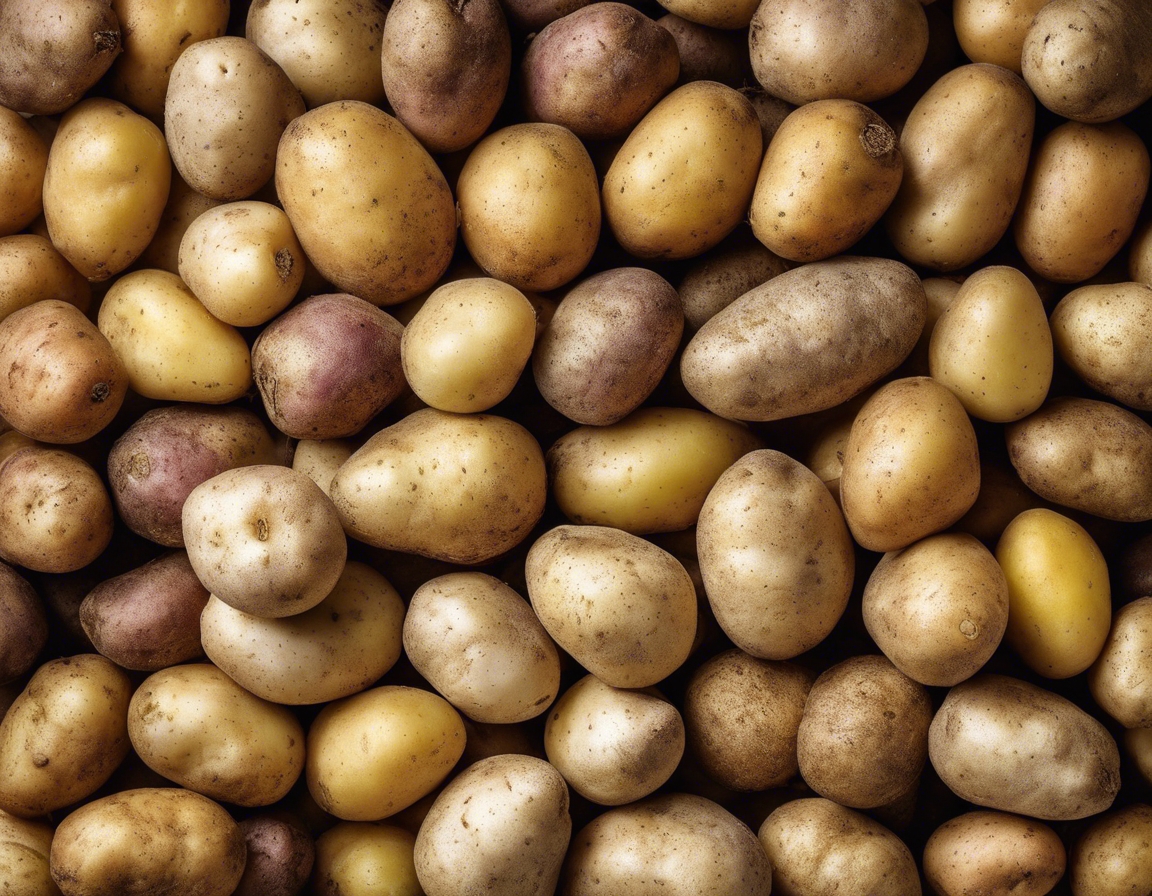The journey of a potato: from seed to harvest
Potato farming is a journey that begins long before the first green shoots break through the soil. It's a process that requires careful planning, attention to detail, and a deep understanding of the crop's needs. In this post, we'll explore the fascinating journey of a potato, from the selection of seed potatoes to the moment of harvest.
Quality seed potatoes are the foundation of a successful crop. They determine not only the yield but also the health and disease resistance of the plants. Selecting the right seed potatoes is crucial for farmers and gardeners who aim for a bountiful and sustainable harvest.
The potato growth cycle is divided into several stages, each with its own set of requirements. Understanding these stages is essential for timing interventions such as watering, fertilizing, and harvesting.
Selecting the Right Seed Potatoes
High-quality seed potatoes exhibit certain characteristics that are indicative of their potential for a healthy crop. These include firmness, absence of sprouts, and freedom from disease.
With the challenges of pests and diseases, selecting disease-resistant varieties is more important than ever. These varieties can significantly reduce the need for chemical interventions and ensure a more sustainable farming practice.
Planting the Seed Potatoes
Preparing the soil is a critical step that can affect the entire growth cycle of the potato. Soil should be well-drained, rich in organic matter, and have the right pH balance to support potato growth.
Planting seed potatoes at the right depth and spacing is key to allowing the plants enough room to grow and access nutrients. The timing of planting is also important to avoid frost damage and ensure optimal growth conditions.
Caring for the Growing Plants
Consistent watering and nutrient management are vital for the development of strong, healthy potato plants. Over-watering or under-watering can lead to a variety of problems, including disease and poor tuber development.
Effective pest and disease control starts with prevention. Crop rotation, resistant varieties, and timely interventions are all part of an integrated pest management strategy that promotes a healthy crop.
The Harvesting Process
Recognizing the signs of potato maturity is important for determining the right time to harvest. These signs include the yellowing and wilting of foliage, and the firmness of the tubers.
Harvesting potatoes requires care to avoid damaging the tubers. Techniques vary from hand-picking to the use of specialized machinery, depending on the scale of the operation.
Proper handling and storage of potatoes post-harvest are crucial for maintaining quality. Conditions such as temperature, humidity, and light exposure must be controlled to prevent spoilage and extend shelf life.






Comments (0)